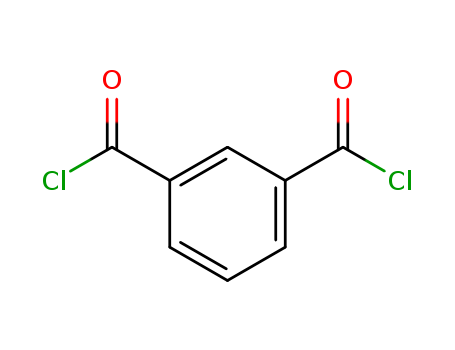10.1002/chem.201002076
The study presents the development of a series of eight new [2]rotaxane molecules, with a focus on the first sulfonamide interlocked system, designed to selectively recognize chloride anions in aqueous media. The research leverages a chloride-anion-templating synthetic pathway to create these [2]rotaxanes, whose three-dimensional interlocked-binding domains exhibit high chloride selectivity. The study utilizes 1H NMR spectroscopic titration to demonstrate the rotaxanes' chloride recognition capabilities and employs X-ray structural analysis and computational molecular dynamics simulations to elucidate the formation yields, anion binding affinities, and selectivity trends. The findings reveal that the rotaxanes can selectively bind chloride even in competitive aqueous solvent mixtures, with the binding affinity tunable through modifications such as electron-withdrawing substituents and charge increase. The research contributes to the advancement of anion recognition in supramolecular chemistry and has implications for nanotechnological applications.



 C
C
 C:Corrosive;
C:Corrosive;

